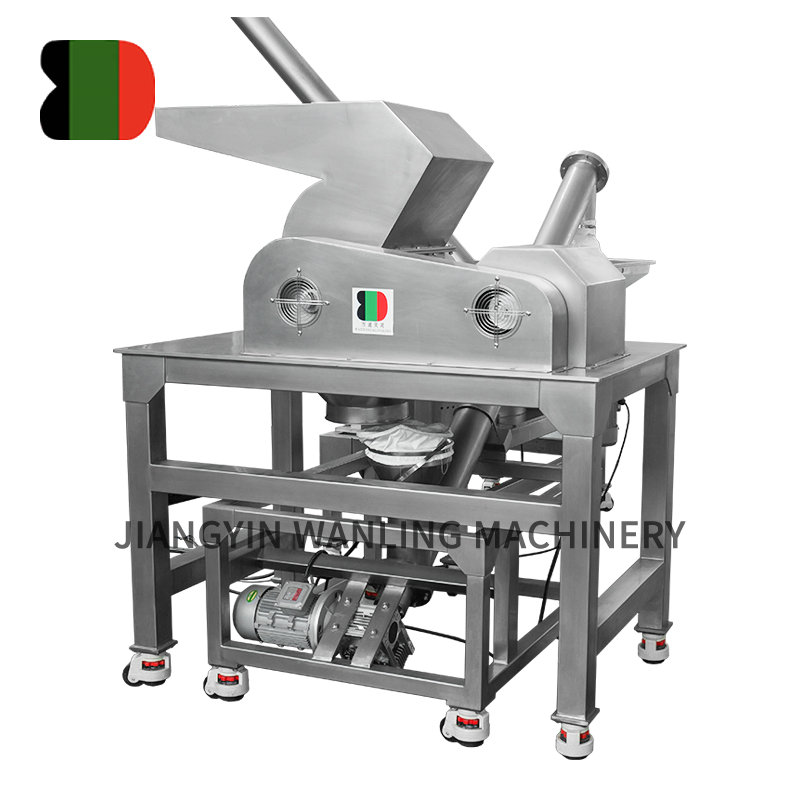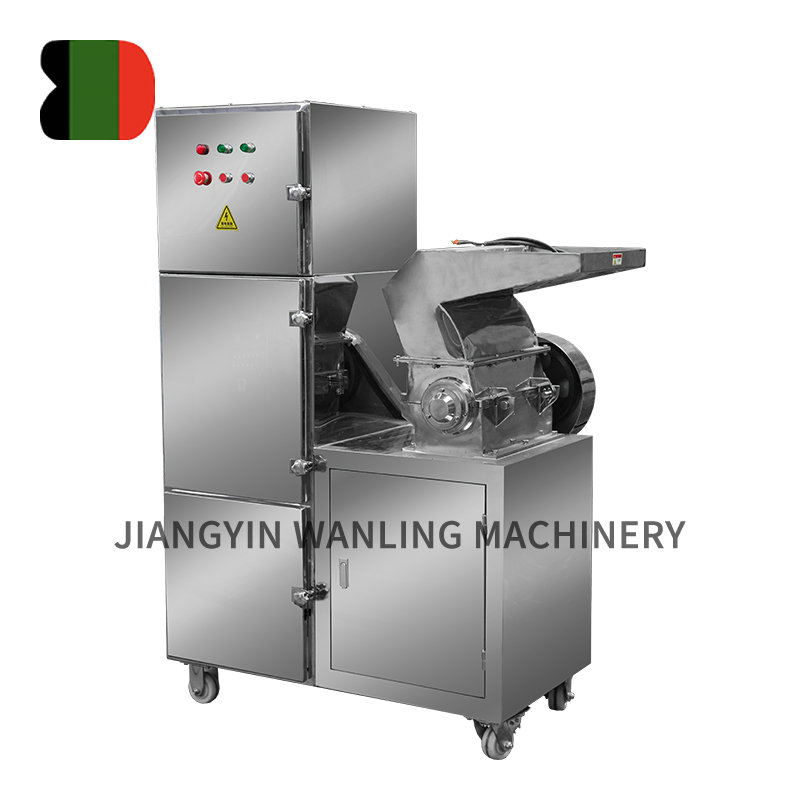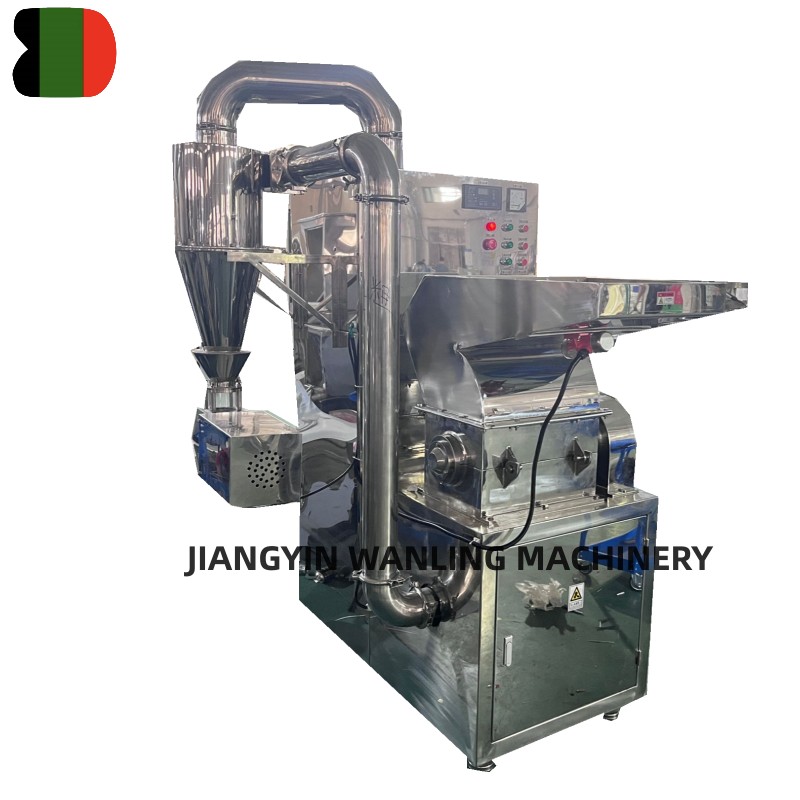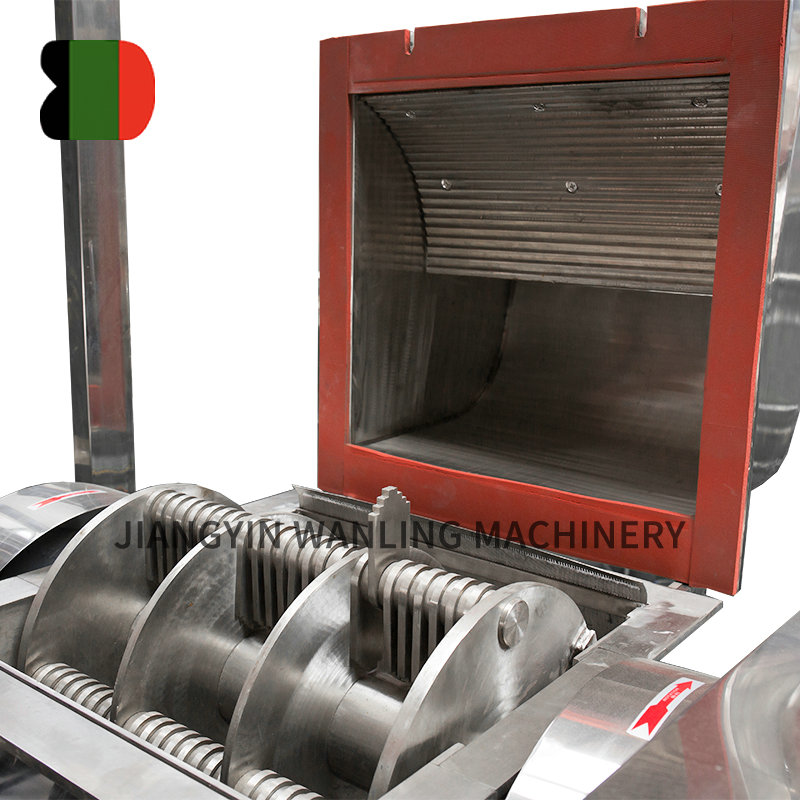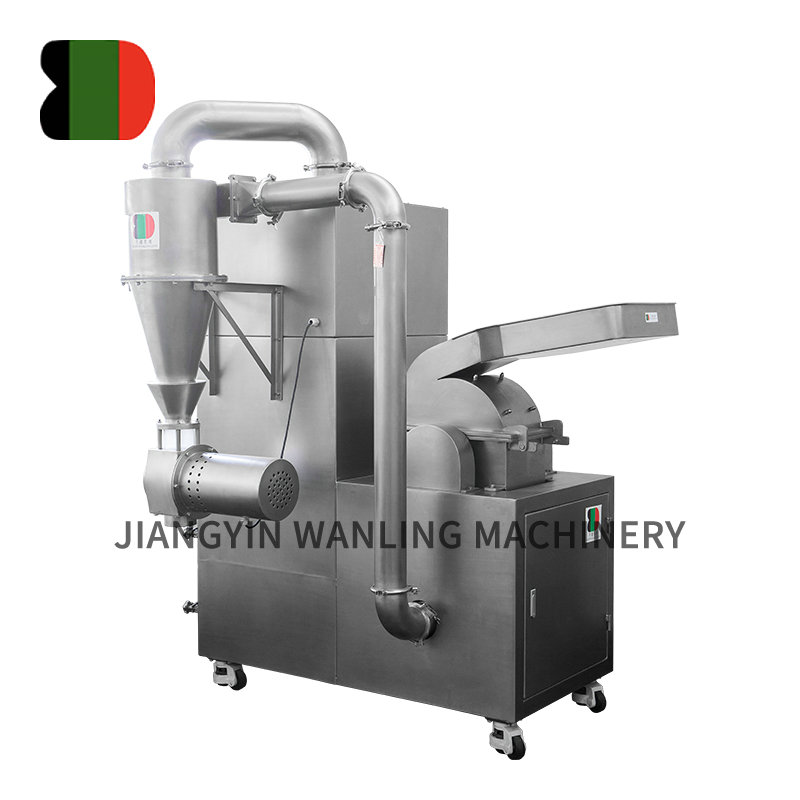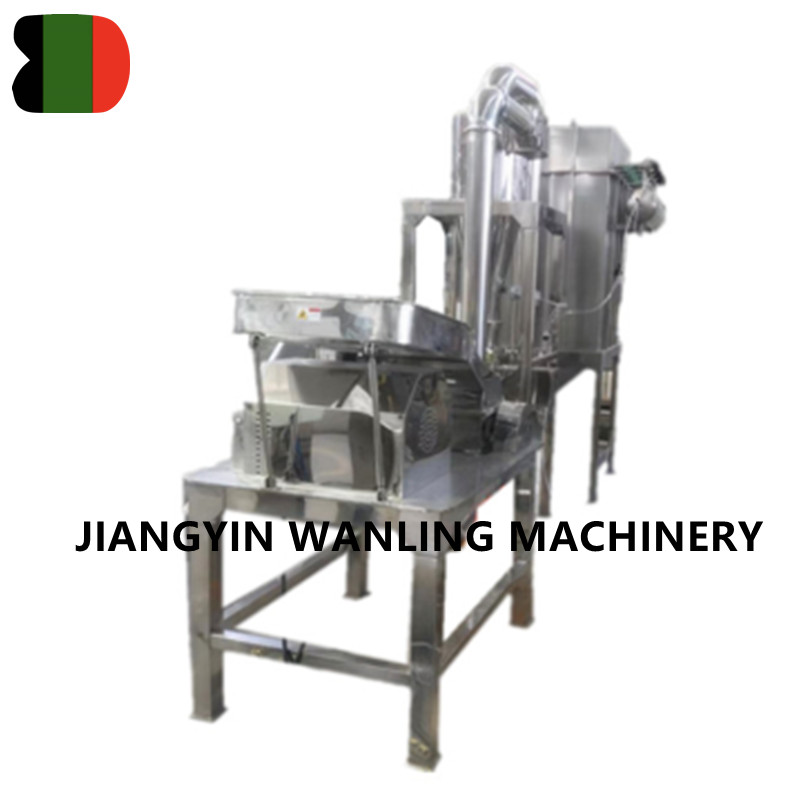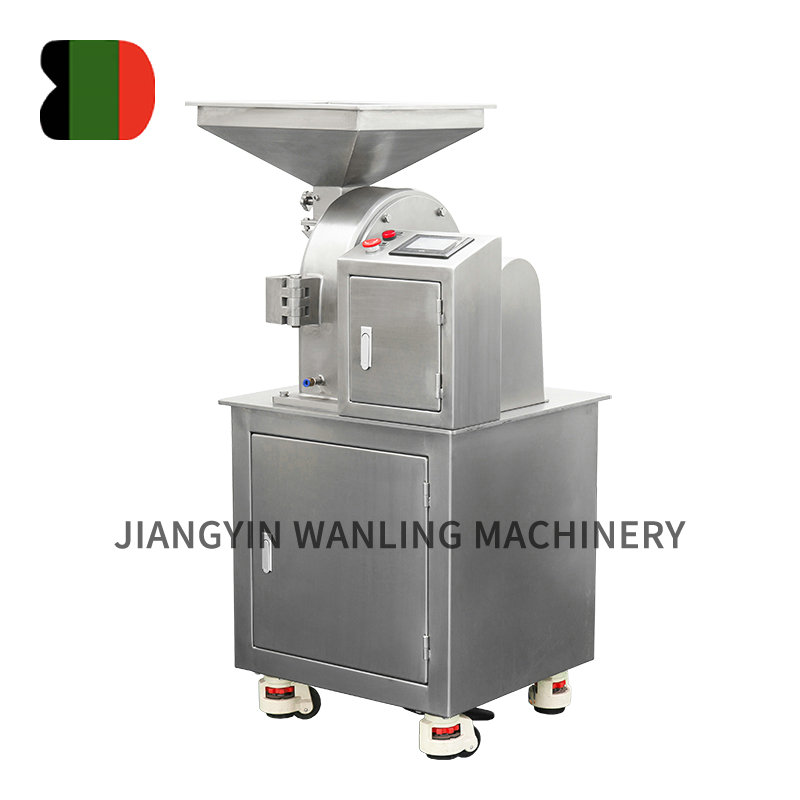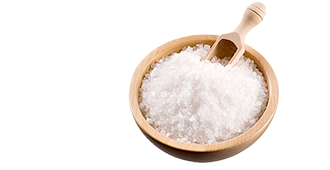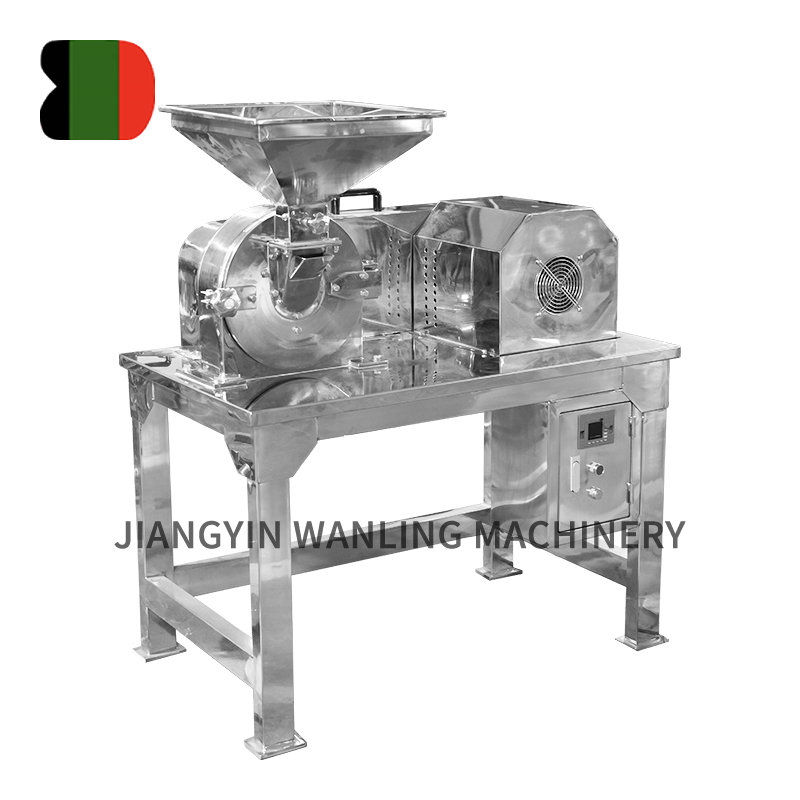Managing heat generation from friction and mechanical operation is crucial for the efficient and reliable performance of a conveyor system. Here are some ways conveyors typically manage heat:
1. Lubrication:
Regular Lubrication:
Applying appropriate lubricants to moving parts such as bearings, rollers, and chains reduces friction, minimizing heat generation. Regular lubrication ensures smooth operation and prevents excessive wear and heat build-up.
High-Temperature Lubricants:
Using high-temperature lubricants can help maintain effectiveness under increased operational temperatures, ensuring continued protection against friction-induced heat.
2. Material Selection:
Low-Friction Materials:
Using low-friction materials for components such as belts, rollers, and bearings reduces friction and the resultant heat generation. For example, Teflon-coated surfaces or nylon rollers can minimize friction.
Heat-Resistant Materials:
Components made from heat-resistant materials can withstand higher temperatures without degrading, ensuring reliable operation under thermal stress.
3. Cooling Systems:
Active Cooling:
Incorporating active cooling systems such as fans, air conditioning units, or liquid cooling systems helps dissipate heat from critical components. These systems can be especially important in high-speed or heavy-load applications where heat generation is significant.
Passive Cooling:
Designing the conveyor with features that enhance passive cooling, such as ventilation slots or heat sinks, can help dissipate heat naturally through convection and radiation.
4. Load and Speed Control:
Optimal Load Distribution:
Ensuring that the load is evenly distributed across the conveyor machine minimizes excessive stress on any single component, reducing friction and heat generation. Overloading can lead to increased friction and heat, so maintaining optimal load levels is important.
Speed Regulation:
Operating the conveyor at appropriate speeds for the given load and material type helps minimize friction and heat generation. Excessive speeds can increase friction and heat, while optimal speeds ensure efficient operation.
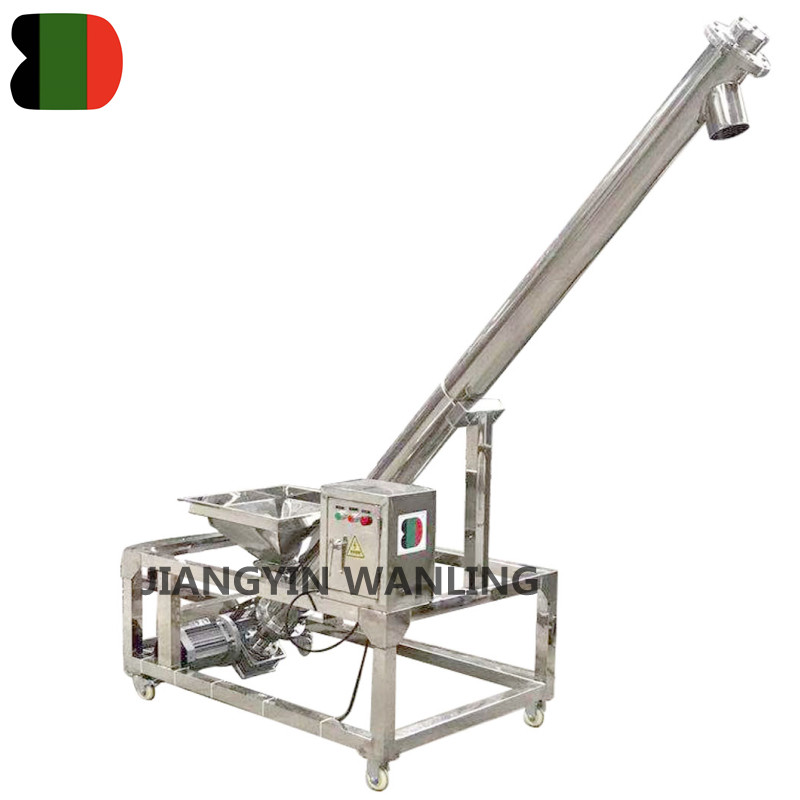
5. Regular Maintenance:
Component Inspection and Replacement:
Regular inspection and timely replacement of worn or damaged components, such as bearings, belts, and rollers, prevent excessive friction and heat build-up. Maintaining components in good condition ensures smooth operation and minimizes heat generation.
Alignment Checks:
Ensuring proper alignment of all moving parts reduces friction and prevents unnecessary heat generation. Misaligned components can increase friction and cause heat build-up.
6. Design Considerations:
Efficient Design:
Designing the conveyor system with minimal contact points and smooth transitions between components reduces friction and heat generation. Efficient design minimizes the areas where friction can occur.
Heat Dissipation Features:
Incorporating features such as heat sinks, fins, or thermally conductive materials in the conveyor's design can help dissipate heat away from critical components.
7. Monitoring and Control Systems:
Temperature Sensors:
Installing temperature sensors on critical components allows real-time monitoring of heat levels. These sensors can trigger cooling systems or shut down the conveyor if temperatures exceed safe limits.
Automated Control Systems:
Automated control systems can adjust operational parameters such as speed and load distribution based on temperature readings, optimizing performance to minimize heat generation.
8. Environmental Control:
Ambient Temperature Control:
Controlling the ambient temperature around the conveyor, such as using climate control in the operating environment, helps manage overall heat levels. Lower ambient temperatures can reduce the risk of overheating.
By implementing these strategies, a conveyor system can effectively manage heat generation from friction and mechanical operation, ensuring efficient, reliable, and safe performance. Regular maintenance and monitoring are crucial to sustaining these measures and preventing heat-related issues.



 Español
Español